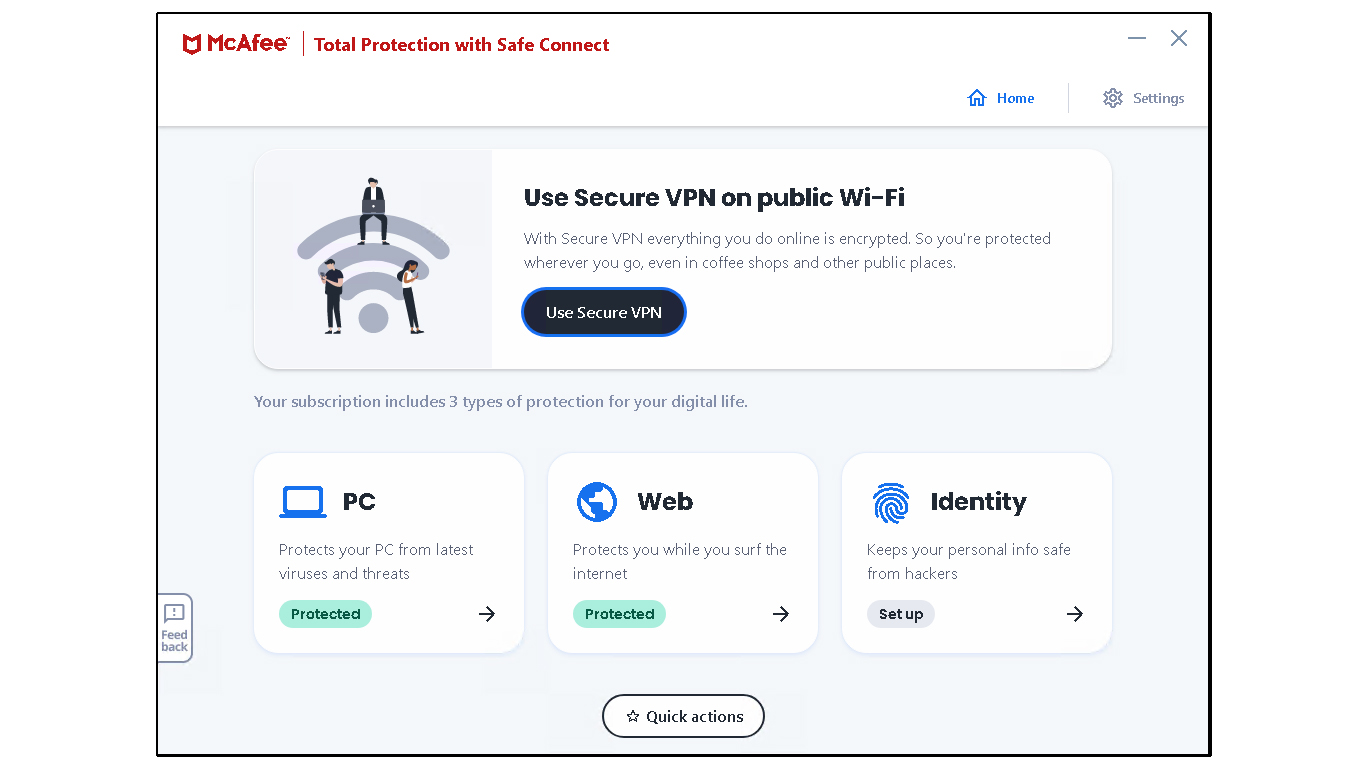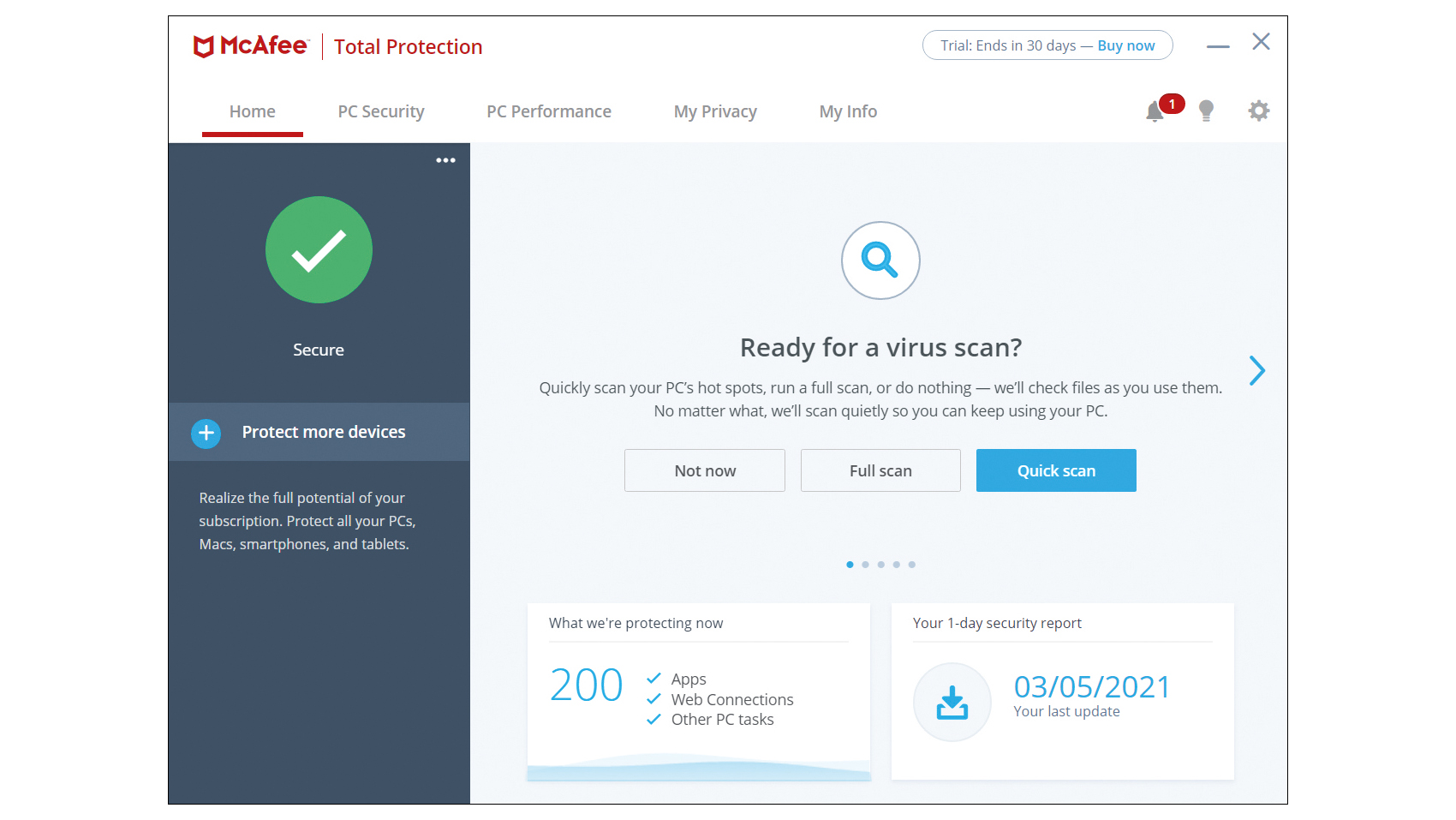McAfee reports surge in Android phone and tablet malware
Security vendor's report suggests Android users are at increasing risk.


The number of malware samples detected by security researchers has risen sharply in the second quarter of this year, claims a new report from McAfee.
So much so, the security company claims the second quarter of 2012 gave rise to the biggest increase in malware for four years.
The researchers identified a 1.5 million sequential rise in malware samples from the previous quarter, which is consistent with the growth in mobile use. Almost all of the new malware was targeted at Android users.
The mobile OS was the focus of SMS-based malware, mobile botnets, spyware, and destructive Trojans, claims McAfee.
"Over the last quarter we have seen prime examples of malware that impacted consumers, businesses, and critical infrastructure facilities," said Vincent Weafer, senior vice president of McAfee Labs.
"Attacks we've traditionally seen on PCs are now making their way to other devices."
Other new threats include mobile "drive-by downloads", "Twitter-controlled botnets", and "ransomware."
Get the ITPro daily newsletter
Sign up today and you will receive a free copy of our Future Focus 2025 report - the leading guidance on AI, cybersecurity and other IT challenges as per 700+ senior executives
The latter has steadily increased each quarter and has become a popular avenue for cyber criminals, the report claims.
Damage can range from loss of photos and personal files to data encryption and demands for money from large enterprises.
Ransomware is especially challenging as it can hold computers and data hostage, instantly damaging machines.
Botnets are also on the increase this quarter, with infections reaching a 12-month high.
The US is at the epicentre of botnet control servers, with new methods for control also uncovered. These include the use of Twitter for mobile botnet command and control. As such, the attacker can tweet commands with relative anonymity and all infected devices will follow them.
Around 1.2 million new thumb drive samples were spotted alongside almost 1.6 million samples of new password-stealing malware, which collects account names and passwords.
This quarter McAfee Labs recorded an average of 2.7 million new bad URLs per month. In June, these new URLs were related to about 300,000 bad domains, which is equivalent to 10,000 new malicious domains every day.
Of the new bad-reputation URLs, 94.2 per cent host malware, exploits or code that have been specifically designed to hijack computers.
Weaver said that the report "highlights the need for protection on all devices that may be used to access the Internet."
Rene Millman is a freelance writer and broadcaster who covers cybersecurity, AI, IoT, and the cloud. He also works as a contributing analyst at GigaOm and has previously worked as an analyst for Gartner covering the infrastructure market. He has made numerous television appearances to give his views and expertise on technology trends and companies that affect and shape our lives. You can follow Rene Millman on Twitter.
-
 Should AI PCs be part of your next hardware refresh?
Should AI PCs be part of your next hardware refresh?AI PCs are fast becoming a business staple and a surefire way to future-proof your business
By Bobby Hellard
-
 Westcon-Comstor and Vectra AI launch brace of new channel initiatives
Westcon-Comstor and Vectra AI launch brace of new channel initiativesNews Westcon-Comstor and Vectra AI have announced the launch of two new channel growth initiatives focused on the managed security service provider (MSSP) space and AWS Marketplace.
By Daniel Todd
-
 McAfee and Visa offer 50% off antivirus subscriptions for small businesses
McAfee and Visa offer 50% off antivirus subscriptions for small businessesNews UK Visa Classic Business card holders can access the deal starting today
By Zach Marzouk
-
 McAfee Total Protection review: Expensive at full price
McAfee Total Protection review: Expensive at full priceReviews Protects your PC and includes a decent firewall, but costly and less effective than some rivals
By K.G. Orphanides
-
 McAfee Total Protection review: Quick, effective and affordable
McAfee Total Protection review: Quick, effective and affordableReviews A solid security choice, with perfect malware protection, a fully functional VPN and more
By ITPro
-
 McAfee’s zero trust solution strengthens private applications’ security
McAfee’s zero trust solution strengthens private applications’ securityNews MVISION Private Access grants secure access to private resources from any device or location
By Praharsha Anand
-
 PowerShell threats increased over 200% last year
PowerShell threats increased over 200% last yearNews A new McAfee report finds PowerShell attacks driven largely by Donoff malware.
By Rene Millman
-
 McAfee to sell enterprise business to STG for £2.8 billion
McAfee to sell enterprise business to STG for £2.8 billionNews The enterprise business will be rebranded, with McAfee focusing on personal security
By Daniel Todd
-
 Has the US government finally nabbed John McAfee?
Has the US government finally nabbed John McAfee?News Official Twitter account claims notorious tech tycoon has been “detained by authorities”
By Adam Shepherd
-
 John McAfee ordered to pay $25 million over neighbour's murder
John McAfee ordered to pay $25 million over neighbour's murderNews Controversial figure insists that he will not pay
By Adam Shepherd